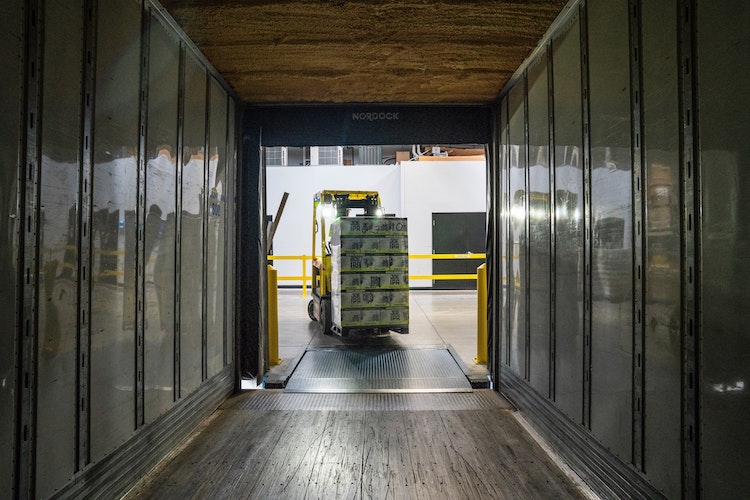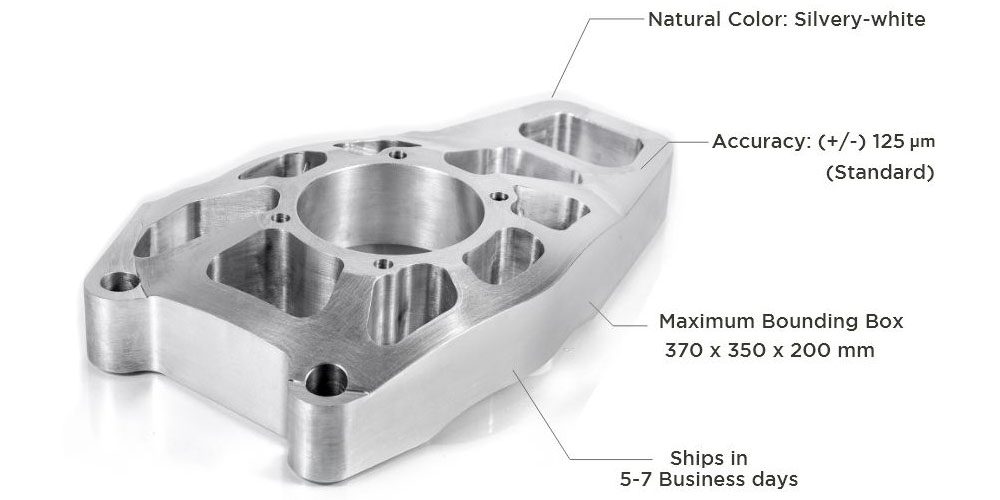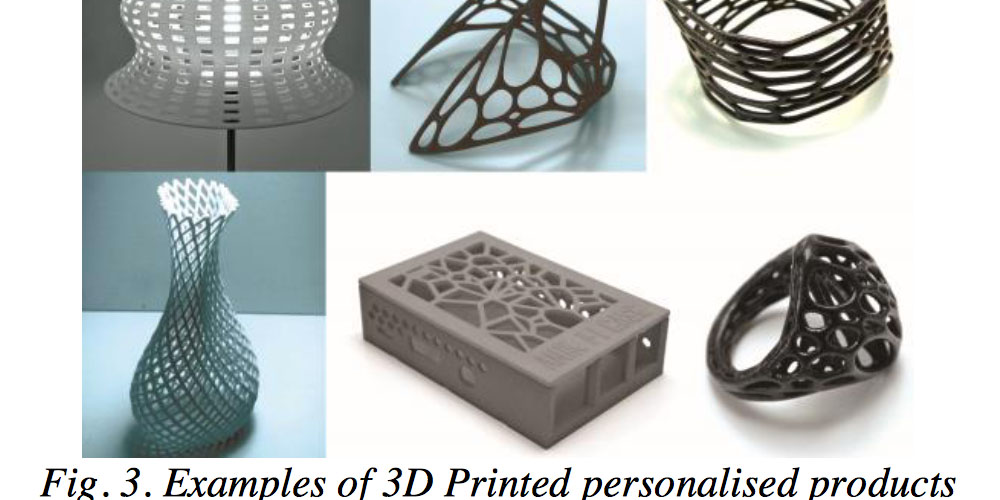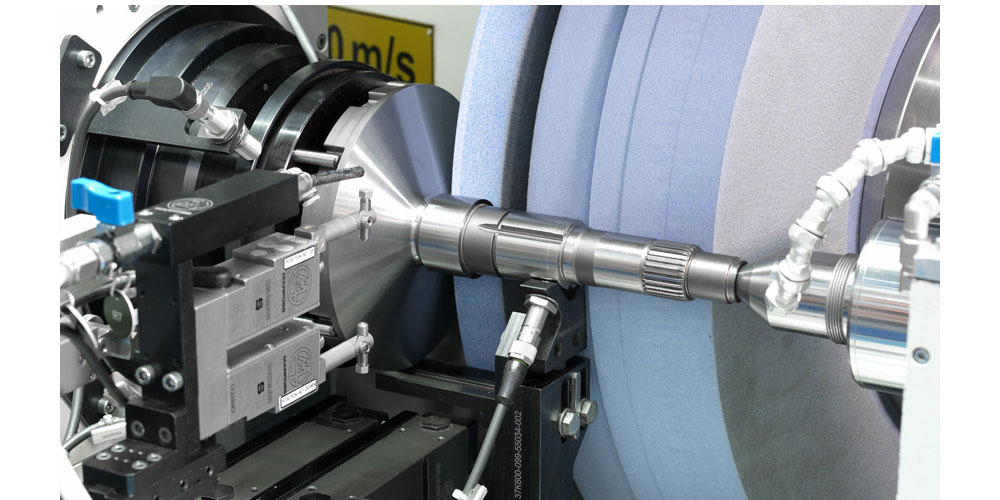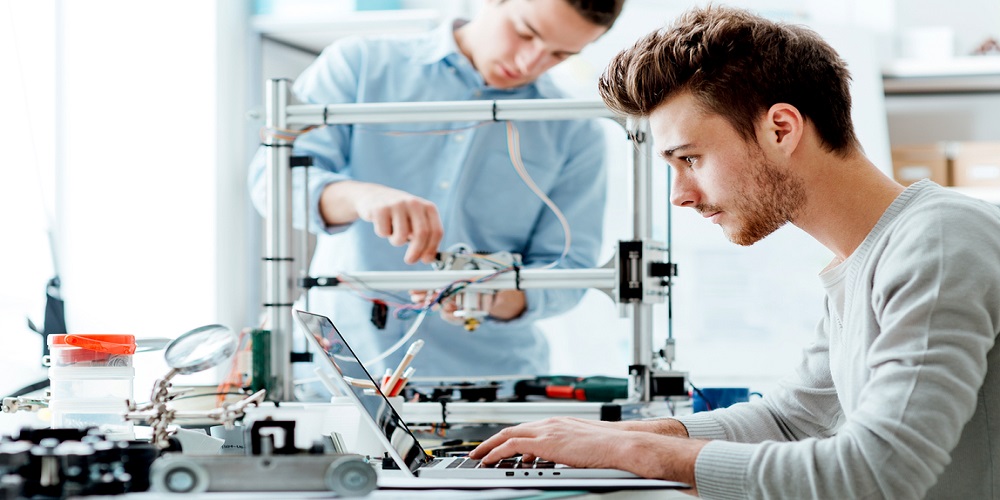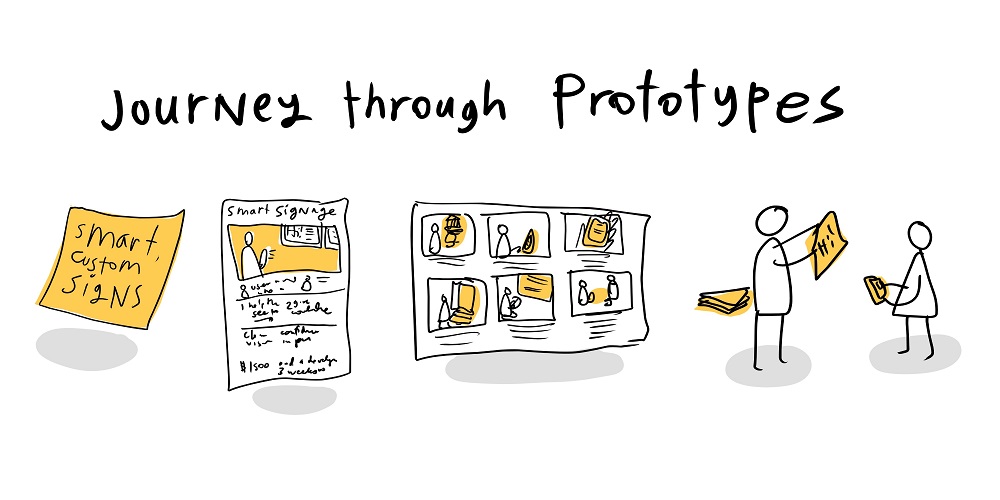The forging industry is vital for providing tools and machinery that can be used in various industries such as chemical, aerospace, power generation, oil and gas and many more. The world-class forging services are helpful in specific fields because of the capabilities of different materials used in hot and cold extrusion. Specific materials are used to manufacture superior products to ensure they meet high-quality guidelines and standards. This blog highlights the common materials used in the forging process. These materials are often cost-efficient and time-saving in creating products with improved resistance to load fatigue and impact. Read on to understand more.
Carbon Steel
Carbon steel is a common material used to build a forged component that meets high-level hardness. The alloys from carbon steel include titanium chromium, zirconium, nickel, tungsten, cobalt and many others. Forged products that are built from carbon steel are usually economical than other materials. The forged metals are applicable in components that don’t require high strength or high operating temperatures.
Alloy Steel
The alloy steel is one forging metal that plays a significant role in multiple applications requiring high corrosion resistance. Steel is combined with multiple alloys to create high-quality products used to build parts that are likely to be exposed to corrosion. These alloys include molybdenum, nickel, chromium and manganese—the combination results in more strength and toughness. The forged metals are significant for tools and machinery that are exposed to high temperatures.
Stainless Steel
Stainless steel is another vital metal used in the forging process to produce exceptionally durable and corrosion-resistant components. The stainless steel contains chromium alloy, which makes it better for those products that withstand extreme temperatures. It is one of the metals with the extensive application. It is characterized by recyclability, long lifespan, formability and ability to survive in high temperatures.
Micro Alloy Steel
The forging process involving the micro-alloy steel usually adds extra alloying components to improve mechanical quality. The tiny alloying components added to micro-alloy are also helpful in increasing the desirable properties of various applications. The alloying components decrease production costs and are widely applicable in the automotive industry to build crankshafts, connecting rods and drivetrain components. When forging the micro-alloy steel, the process includes controlled cooling to avoid the treat parts in a secondary operation.
Titanium
Titanium is among the problematic forging metals available. Since the titanium metal is exceptionally difficult to forge, engineers must closely monitor the forging temperature to ensure that the components build have optimal mechanical properties. Products build from forged titanium are usually applicable in situations that require high strength. The metal has high corrosion resistance and can be perfect for high temperatures. The advantage of forged titanium components over other metals is their lightweight property.
Aluminium
Aluminium is a popular metal that possesses lightweight properties. Forged aluminium components are exceptional because they have high strength to weight ratio. This is why metals are prevalent in building components with high fracture toughness, resistance to stress corrosion, and tolerance to low temperatures. A popular application of forged aluminium is in the aerospace industry.

